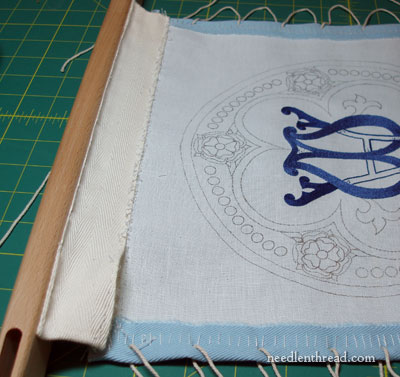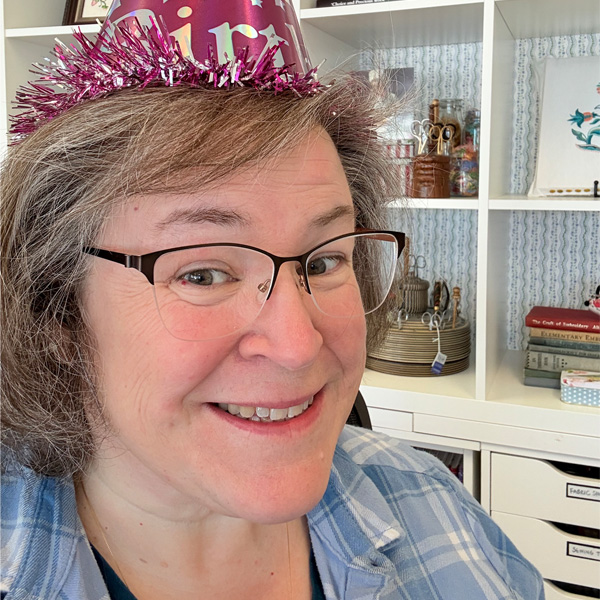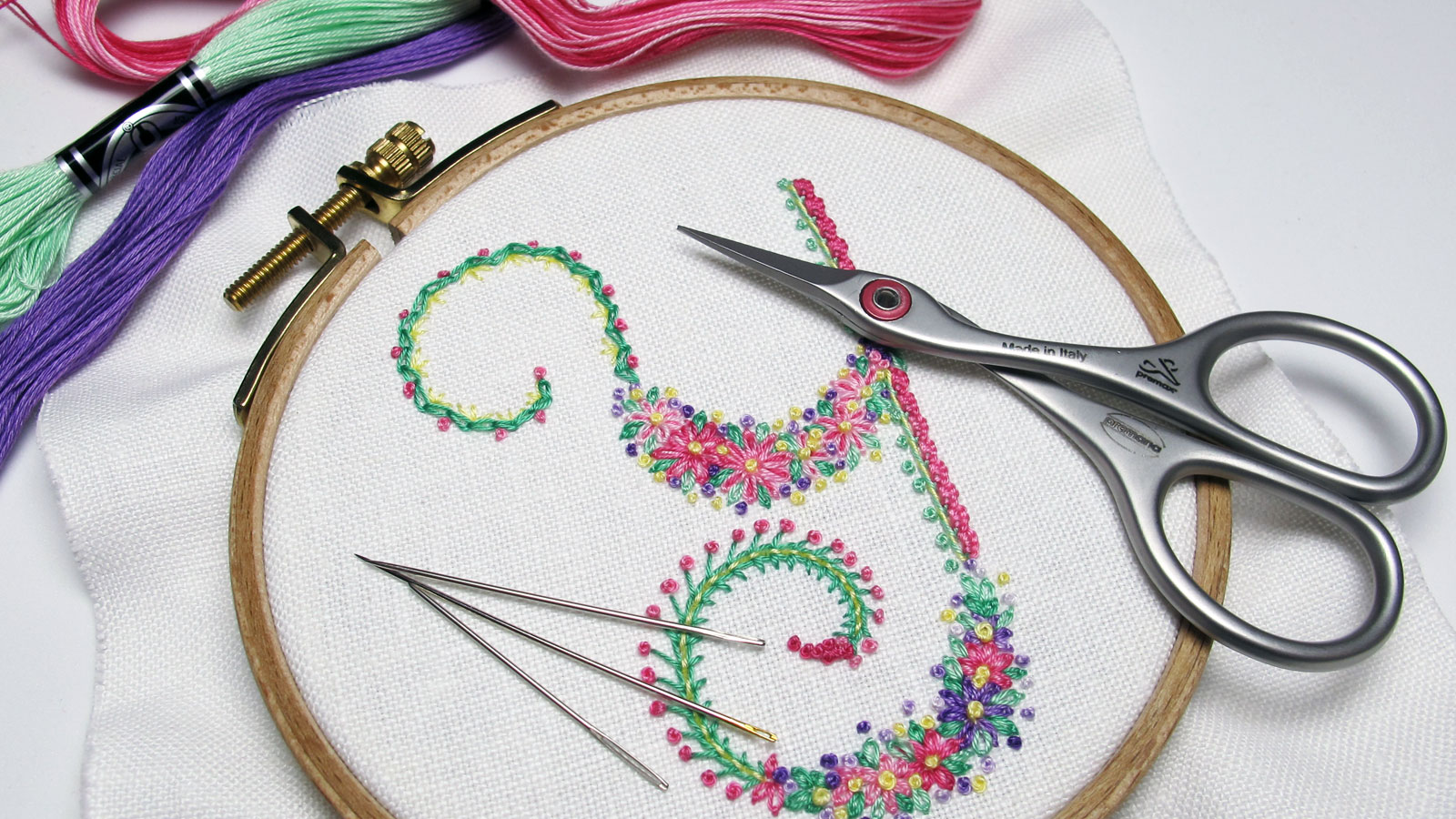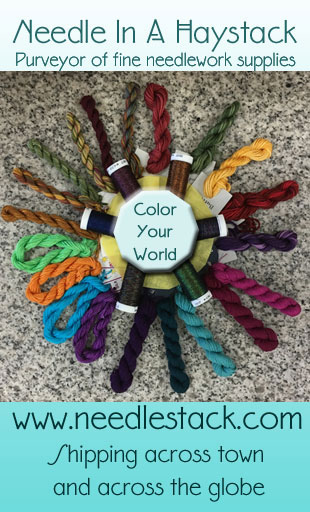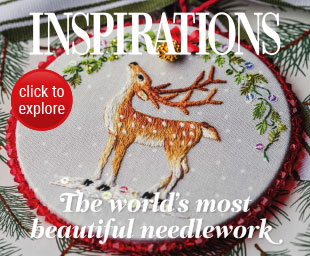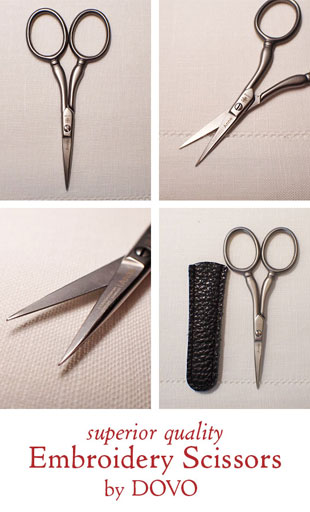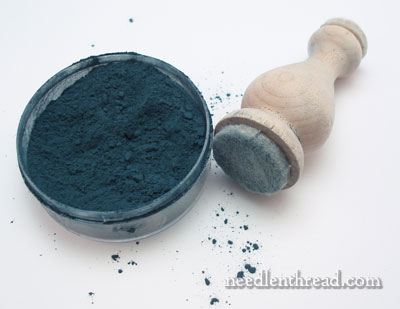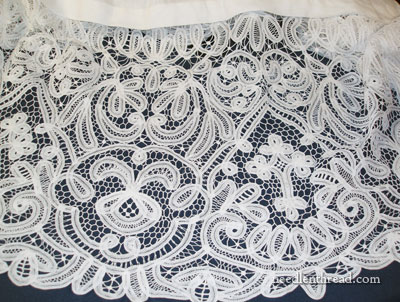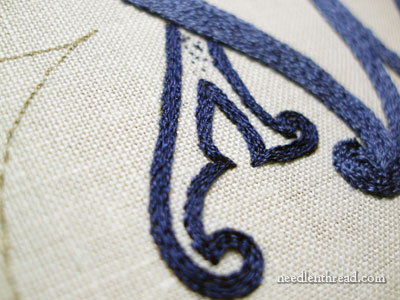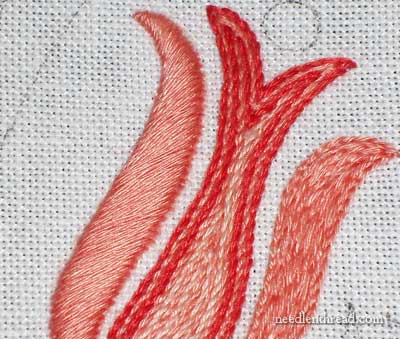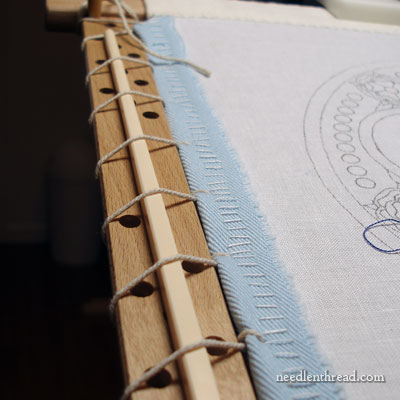Even though today is Halloween, and I know many people expect something pumpkin-ish, orange, or scary, I’m afraid I don’t really have anything to offer in that regard. So how about a splash of color, instead?
This past weekend, I had a blast at a local festival that featured booths and costumes and performances highlighting different countries and their cultural customs, costumes, foods, and so forth. Besides being fun, the festival is always a huge splash of color. I don’t often take photos at it (and I didn’t take very many this year, either), but I did snap a few shots of this Polish vest that’s covered with sequin and bead embroidery. The girl who wore it is my nieces’ friend, so I was able to cajole her into some shots and take a look at the vest’s construction.
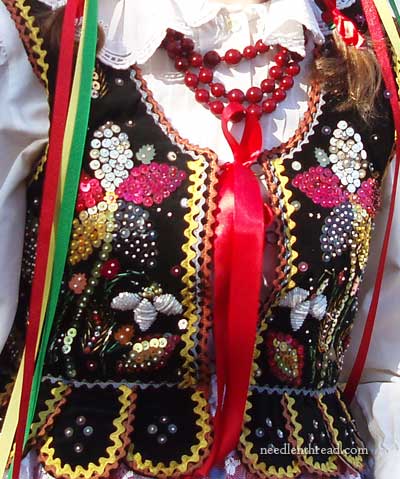 Continue reading “Beads & Sequins on a Polish Vest”
Continue reading “Beads & Sequins on a Polish Vest”
